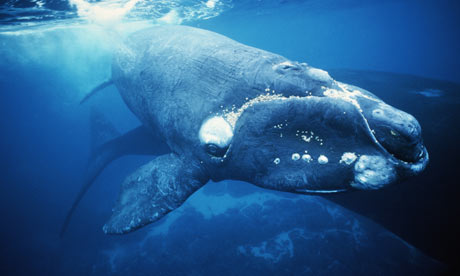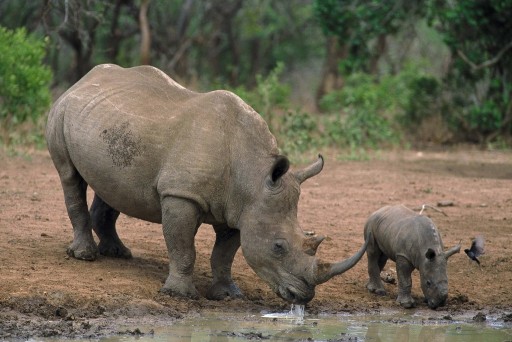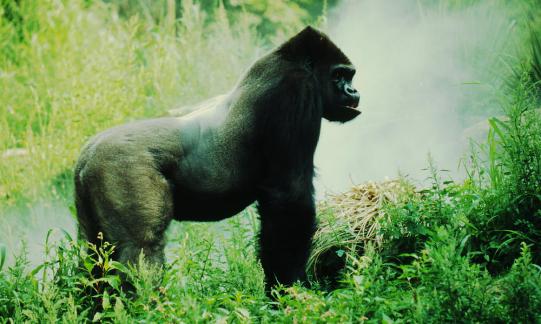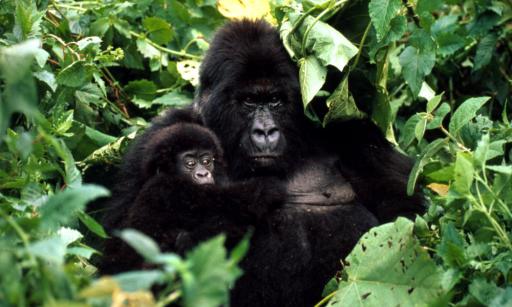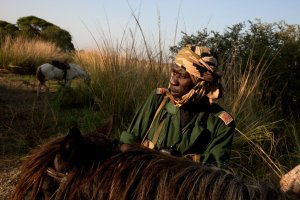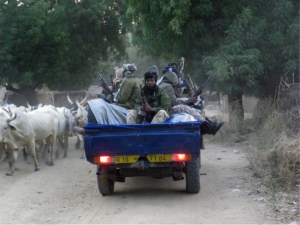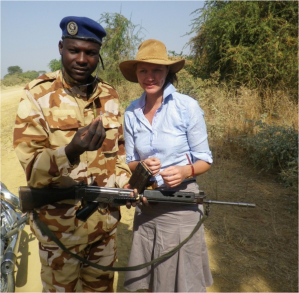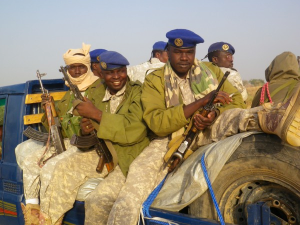Exotic animals such as lizards, hedgehogs, monkeys, macaws and even tigers and bears, are often purchased from stores, over the internet, or in auctions, so that people can keep them as “pets”. However, this frequently results in pain and death for these animals, as they can easily suffer from loneliness, malnutrition and the crushing stress of confinement to an uncomfortable and unnatural environment. For every animal who is seen in the store or auction, there are countless others who have died along the way.

Tiger cubs that have been rescued from smuggling. Image courtesy of BBC News Asia
The buying and selling of protected wildlife species is a multibillion-dollar business, and one of the largest sources of criminal earning, behind only drug and arms trafficking. The U.S. is the central destination for endangered and exotic animals. Local, state and national governments are passing laws which prohibit the capture and sale of a number of species. However, most of these laws are poorly enforced and designed to protect humans from disease, rather than ensuring that animals are handled in a humane and kind way.
Many of these animals are taken from places like Africa, Australia and the jungles of Brazil. There are few penalties and laws against this, which hardly discourages traders in the light of the money that is made from illegal smuggling. Prices on animals’ heads can range from tens of thousands of dollars.
When the animals are taken from their natural habitats, they often change hands numerous times through intermediaries and exporters, and they have to suffer through appalling transport conditions. For example, parrots may have their feet and beaks taped, and are stuffed into plastic tubes that can be hidden easily in luggage. Other birds or reptile eggs can be concealed in special vests so that couriers can go through airport X-ray machines. Infant pythons have been transported in CD cases, and baby turtles may be taped as to be trapped inside their shells and are shoved by the dozen into tube socks. In one case, a man had Asian leopard cats in his backpack, pygmy monkeys in his underwear and birds of paradise in his additional luggage; he was arrested at Los Angeles airport. There is a mortality rate of 80 or 90% for these animals.

Image courtesy of sun bears.wildlifedirect.org
Exotic animals are often further hurt at the hands of dealers who sell them to zoos and pet stores. PETA’s undercover investigation of U.S. Global Exotics led to a raid in Arlington, Texas, of a dealer’s warehouse. There was a seizure of over 27 000 animals who had been enduring poor ventilation, crowded living conditions, and a lack of water, food and basic care. Hundreds of dead animals were discovered during the raid, many just abandoned due to canceled orders. Over 6000 animals died afterwards, as they were too sick to be saved.
There is also often inadequate care for the animals that do survive long enough. Caretakers are often unable or unprepared to care for the needs of animals that are so far removed from their natural habitats. The head of South Africa’s Environment Crime Investigation unit in the Western Cape estimates that 90 percent of reptiles die within a year.
Ignorance amongst these new owners causes much harm for the exotic animals. People who find that they cannot care for these animals often dump them at zoos, or outside of zoo gates. Others just dump these animals out along rural roads. As these animals do not have appropriate rehabilitation or habitat, they fall victim to the elements or predators or starve to death.
Alternatively, animals who do survive could overpopulate and cause problems for the ecosystems, killing indigenous species. Such as the Burmese python, which was kept as pets, but then escaped into the Everglades, where it has flourished and threatens native snakes and endangered birds.

An exotic snake that was smuggled in a suitcase. Image courtesy of Reptile Related News
According the to the U.S. Centres for Disease Control and Prevention (CDC), 75% of all new contagious diseases originate from nonhuman animals. There could be a range of exotic animals that may be unknown carriers of human diseases. There was a monkeypox outbreak which affected dozens in Midwest American in 2003, this was traced all the way back to a Gambian rat from the Africa. The rat had been kept with prairie dogs in an Illinois animal dealer’s shed. The prairie dogs were known to have carried the plague and tularemia. The herpes B virus can be conveyed to humans from macaques, and human contact with reptiles and other exotic animals has led to 74 000 cases of salmonellosis each year. Hedgehogs can convey salmonella bacteria, as well as fungal and viral diseases to humans. The Exotic Newcastle disease, which destroyed whole flocks of chickens and turkeys in the 1970s, was believed to have been transmitted to the U.S. from South American parrots, that were smuggled in through the illegal pet trade. There is also the threat of human diseases being transferred to these animals.
National Geographic has reported that for every tiger or lion in a zoo, there could be as many as 10 privately owned. People buy the tiger when it is about 8 weeks old, however, after about 6 months, it is about 600 pounds, has caused a great deal of harm to you, and torn your house. There have been dozens of reports of captive big-cat attacks in recent years. Wolf hybrids have also become more popular, it is estimated that there are hundreds of thousands kept as pets just in the U.S. alone. It is a gross representation to sell and breed these animals as pets.
Smugglers find ways around inspections of governmental regulations. Protected species are often hidden among legal animals, or dangerous species, where officers are unlikely to thoroughly hand-inspect shipments. Regulations against wildlife poaching is also often lacking in resources.

Turtles that were being smuggled. Image courtesy of news.turtleconservancy.org
It is very important for people to stop buying animals illegally, this is particularly crucial for exotic animals that have been smuggled into various countries. These are animals that they simply cannot take care of, and thus the animals endure further hardship in their ownership, if they had even survived the journey from their native environment. It would save a lot of animals from misery, and it would help to decrease the illegal international wildlife trafficking network.
For more information, please see: PETA: inside the exotic animal trade, or Born Free: the dirty side of the exotic animal pet trade.










